Reviewed by Meg Flores
The iPhone 17 series is off to a genuinely impressive start. The numbers coming in are telling a story that even surprised Apple's own internal forecasts. Since its September 19 launch, the new lineup has been defying skeptics who wondered if incremental upgrades could spark real excitement. The twist — it doesn't follow the typical iPhone launch playbook.
Early data looks strong across multiple markets. Wedbush analysts say initial preorder activity is tracking 10 to 15 percent ahead of last year's iPhone 16 cycle, especially on the higher-end models. Bank of America puts the standard iPhone 17's average wait at about 18 days, compared with roughly 10 days for the iPhone 16 at a similar stage. Launch demand for the iPhone 17 series was 19% higher than the iPhone 16 series.
Those extended wait times point to real supply-demand imbalance, not a marketing trick. Momentum is holding beyond the early adopter rush, which signals a value proposition that resonates with mainstream buyers, not just the spec-chasers.
Why the standard iPhone 17 is stealing the show
Apple is boosting iPhone 17 production by at least 30% on the back of stronger than expected preorders, and it is the standard model doing the heavy lifting, not the Pros you would assume.
The play is easy to see. Apple equipped the standard iPhone 17 with ProMotion 120Hz and Always-On, features that lived on Pro models before. Pair that with double the base storage, now 256 GB at the same $799 price, and you have a very different value story. Last year, you paid Pro money for perks like 120Hz. This year, you do not.
This is more than a feature dump. Apple narrowed the gap between standard and Pro, which had grown wide enough to tempt switchers. By pushing premium display tech down to the mainstream price, Apple reset expectations for what a "base" iPhone should feel like. The result, consumers are favoring the more affordable option with that 120Hz display.
Following a strong pre-order weekend, Apple asked two suppliers to lift daily iPhone 17 output by at least 30 percent. Industry reporting has suggested Apple's initial production plan skewed toward the Pro models — one circulating figure put the split near 65% Pro/Pro Max, 25% standard and 10% Air. That kind of shift suggests Apple underestimated demand for premium features at a mainstream price, a miss that ends up helping them because it advertises where demand really sits.
Global markets show mixed but promising signals
The regional picture is more nuanced. Jefferies described the U.S. as the weakest of the six major markets it tracks, with wait times already fading there, while other regions still show longer delivery schedules that point to sustained demand.
China stands out. Reports from suppliers suggest Apple has asked for more entry-level iPhone 17 units after stronger than expected preorders. On JD.com, iPhone 17 sales within the first hour topped the first day of iPhone 16 preorders last year, a sign that the value-first pitch on the standard model resonates in price-sensitive markets.
European carriers also report above-normal interest in the Pro lineup, which helps offset North American softness. Apple CEO Tim Cook has noted that U.S. sales were distorted earlier this year as buyers pulled forward purchases to dodge potential tariff increases, leaving fewer upgraders in this cycle.
Analysts flag upgrade fatigue among American owners of recent models. That puts a premium on a differentiated approach by region, and the standard iPhone 17 gives Apple a flexible lever to pull.
What this means for Apple's bottom line and stock performance
Stronger iPhone 17 demand is already lifting sentiment. Dan Ives of Wedbush bumped his price target to $310 from $270, and JPMorgan analysts raised theirs to $280 on the same early read-throughs.
There is a flywheel at work. Flagship iPhone sales remain a major revenue pillar, which in turn fuels services attach and ecosystem growth. Research firms expect Apple to sell over 5 million units in the September quarter, with expectations to reach record sales in the upcoming festive season by growing 28% YoY.
Put simply, a mature category is still finding growth because Apple is widening access to premium tech while keeping Pro differentiation intact. That sparks new upgrade cycles and pulls more buyers into the addressable market.
The bigger picture: sustainable momentum or temporary bump?
So what do these numbers say about Apple’s longer arc? The iPhone 17 looks more like a shift in product philosophy than a one-off launch pop.
Apple managed to keep the price of the iPhone 17 at $799 while lifting base storage to 256GB and adding a 120Hz ProMotion display. That is a strategic repositioning, not just a spec bump, one that broadens the on-ramp into the ecosystem without gutting the case for Pro.
The approach tackles multiple pain points at once. In markets where price sensitivity is rising, the standard iPhone 17 offers a credible alternative to Android flagships. At the same time, Pro models keep their edge with cameras, materials, and performance, which protects Apple’s margin engine.
There are hurdles. The delayed AI features and fierce competition have cooled some Wall Street enthusiasm even as consumers show up. Can Apple hold this balance between accessibility and premium positioning as rivals counterpunch? I think they can in the near term, but the execution window is tight.
The early iPhone 17 data shows a company navigating a tough landscape with sharper product positioning, not just tech for tech’s sake. The U.S. is softer due to earlier purchasing patterns and upgrade fatigue, yet international demand, especially in China, and the surprise strength of the standard model point to a strategy that is clicking with very different buyers.
How well the iPhone 17 series performs this holiday season will set the tone for earnings and sentiment. Early indicators hint at more than a blip, they suggest a more precise segmentation strategy that can sustain growth. For investors, the takeaway is simple, Apple seems to be expanding its addressable market while preserving ecosystem lock-in and services revenue. With production rising on the standard model and healthy demand for the Pros, Apple looks closer to the balance that drives both volume and value in a crowded market.







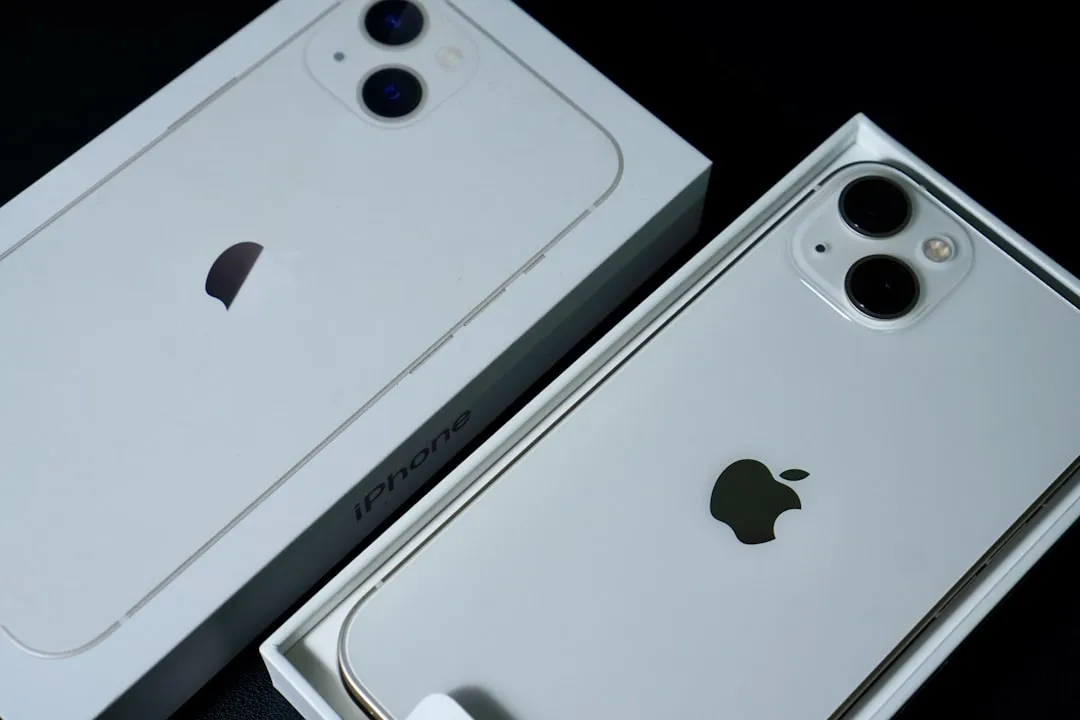
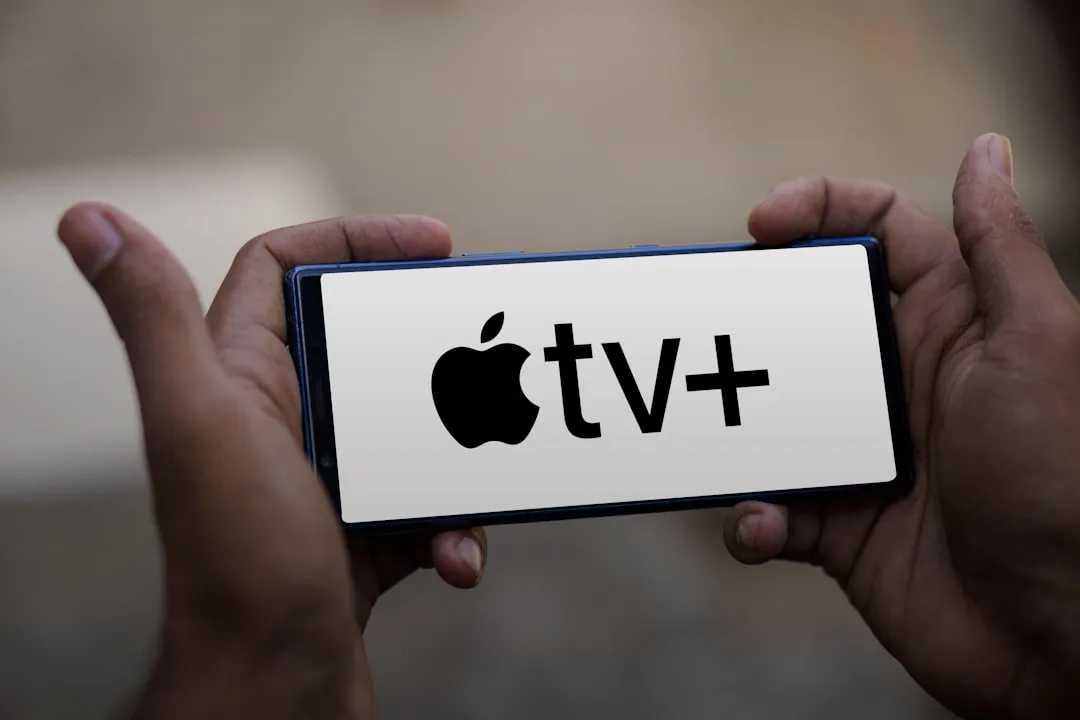
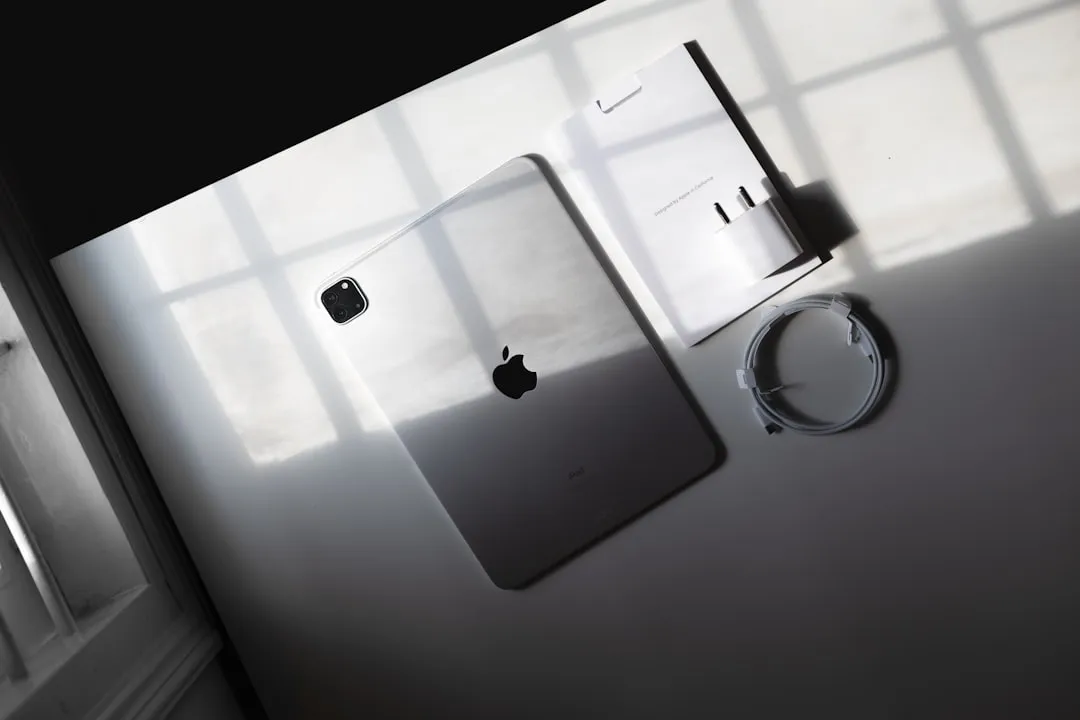

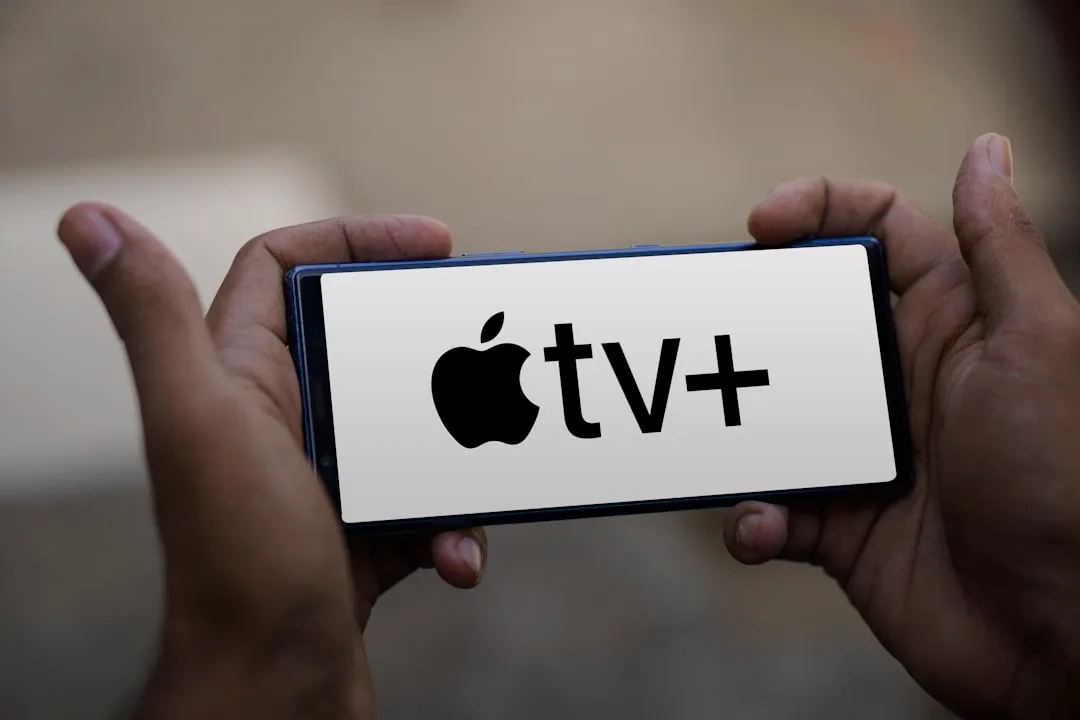

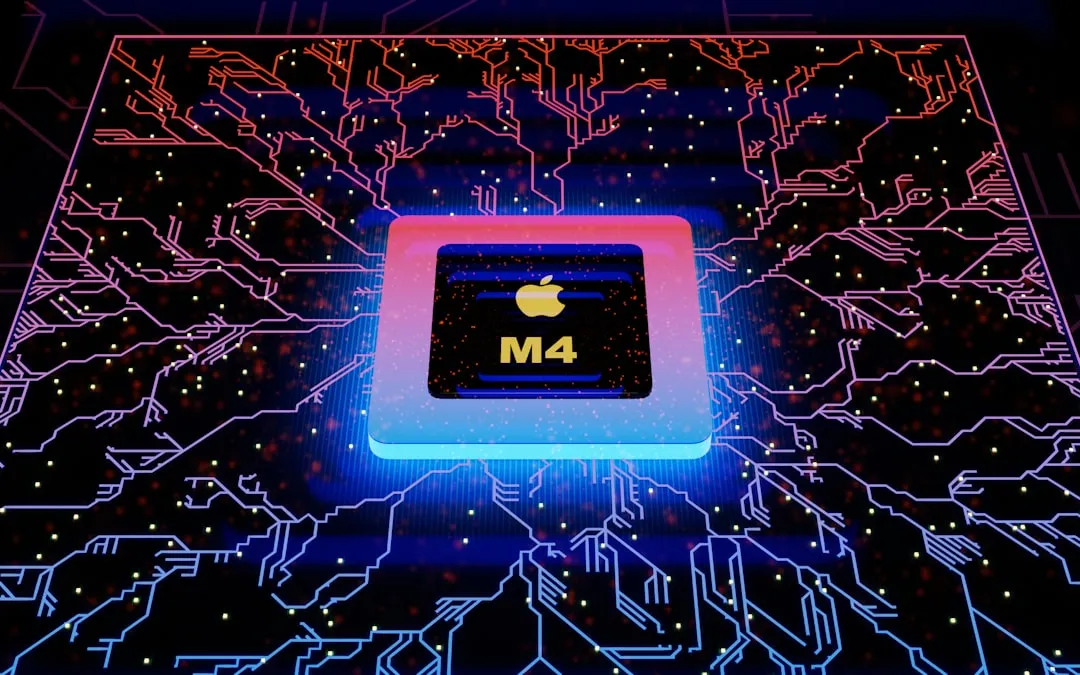
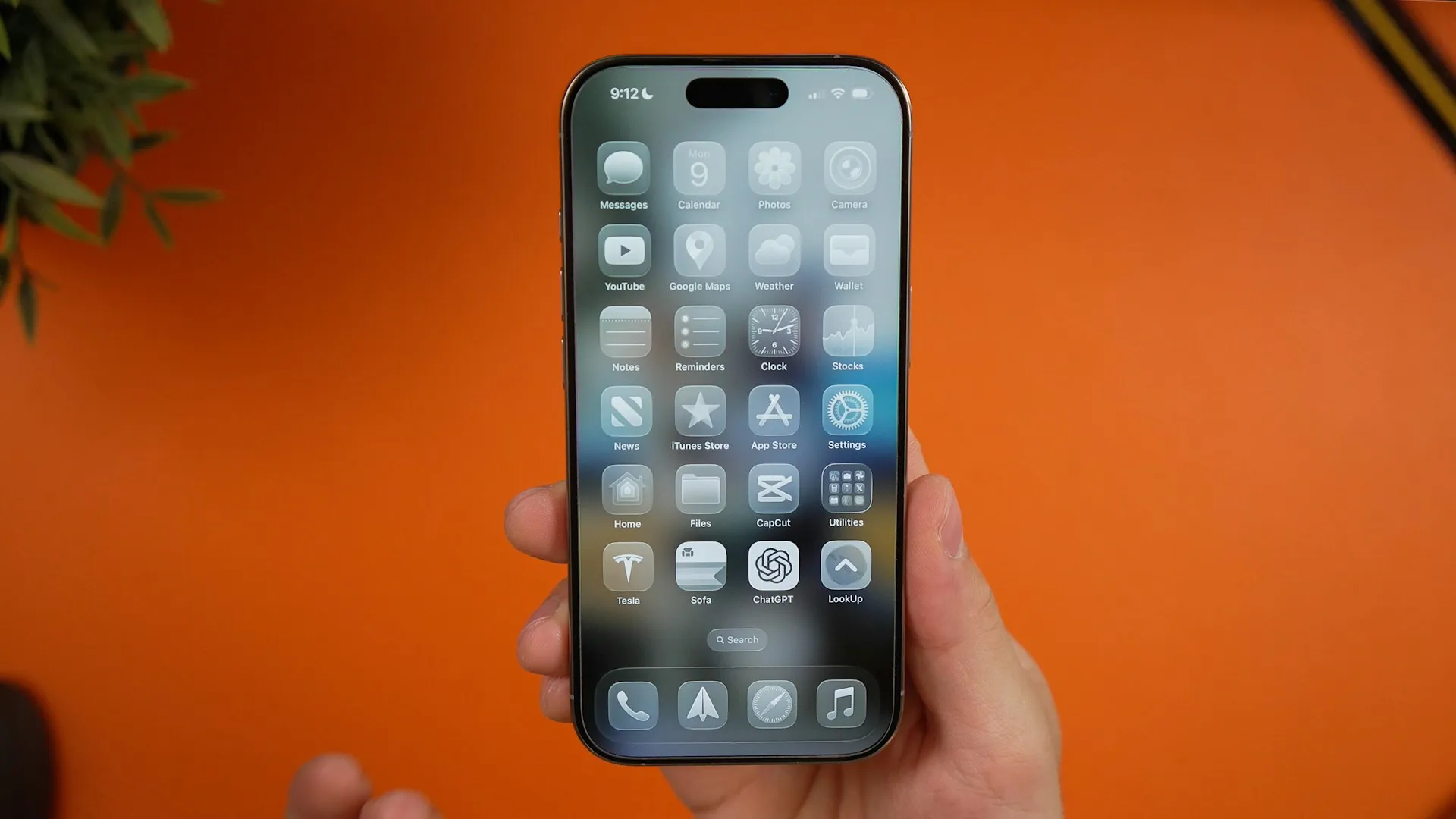

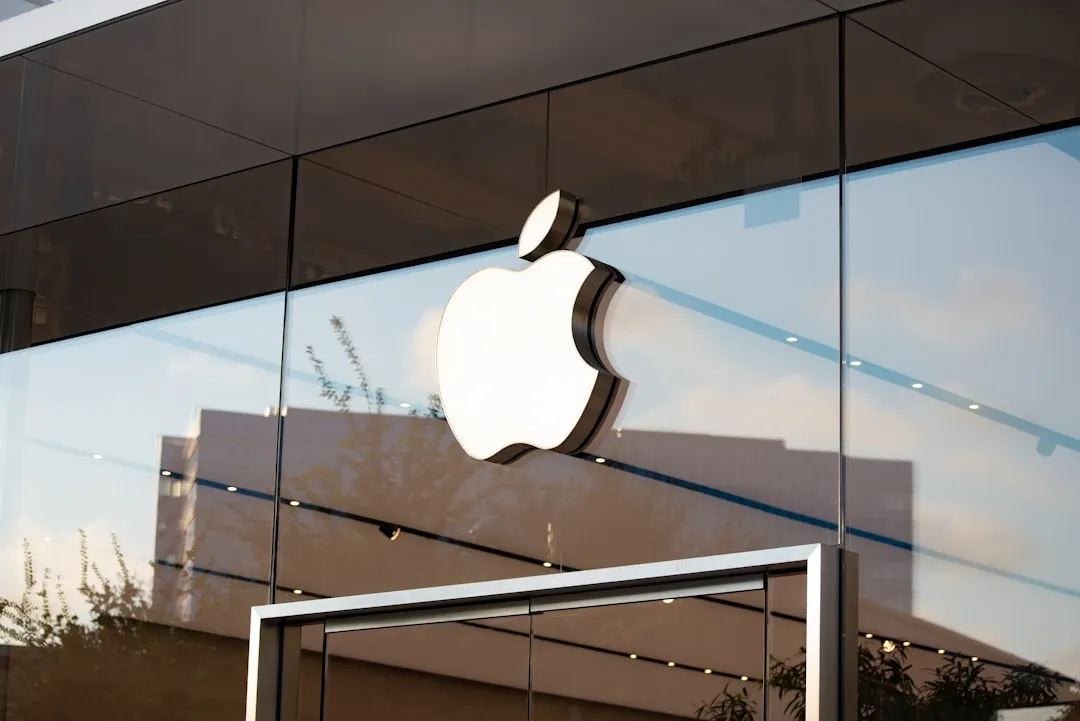



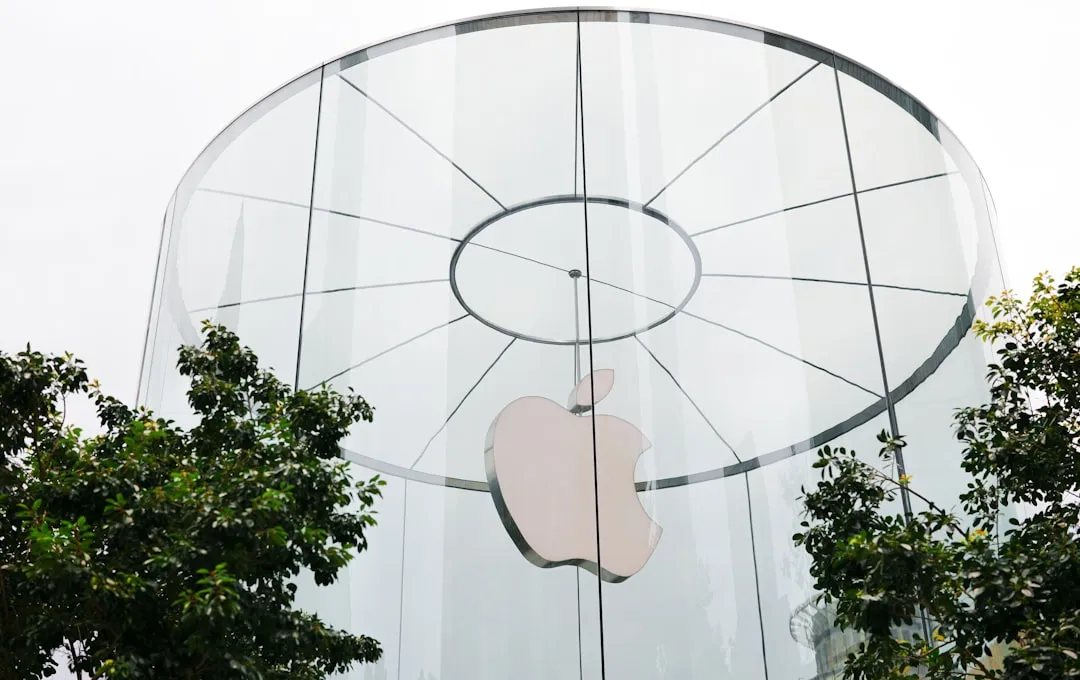
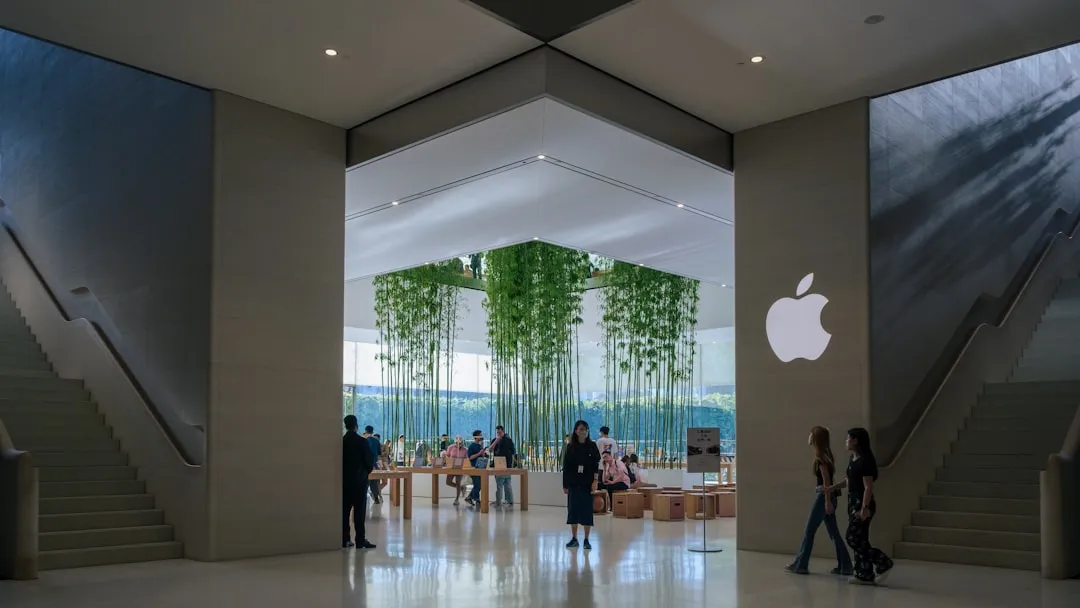

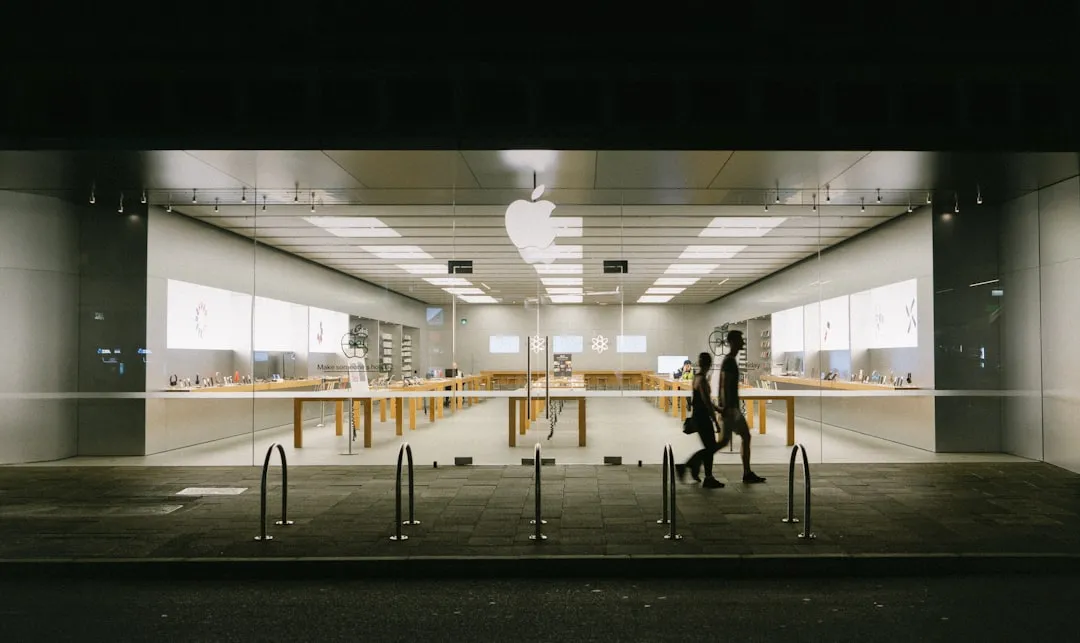

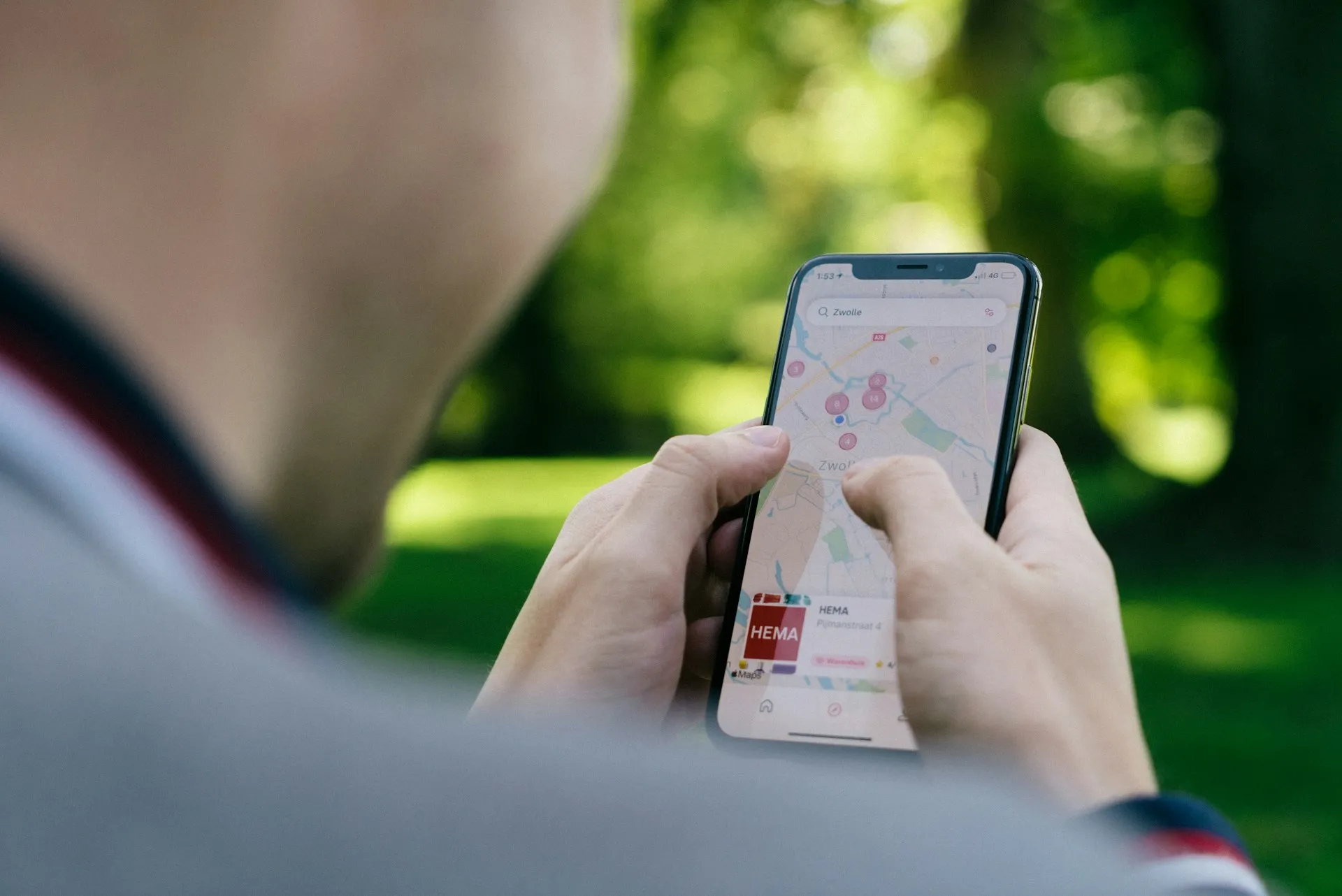

Comments
Be the first, drop a comment!